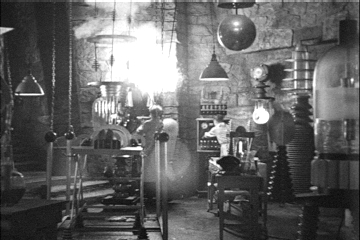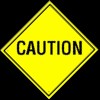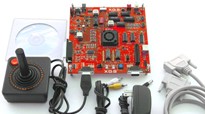
| Energy in Nature | Inventors & Inventions | Workbench Fun | Physics Lab |
|
Consumer Products | Computers | Automation & Robotics | What's in the Future |
 |
Getting Started |
|||||||
|
Your workbench & tools: Workbench - Nothing fancy or sophisticated is necessary. My first workbench was an old wooden desk given to me by my aunt to do my homework on. Hope she's not reading this. Actually anything sturdy enough not to collapse will do - with the following additional considerations:
Tools - To start with you'll need a soldering iron, small screwdriver set, needle-nose pliers, and a small precision wire cutter. A fine razor knife can also be helpful for trimming and clearing any short-circuits between printed circuit board traces.
Soldering
tools,
tips,
&
safety warnings(.pdf) by Weller®
Some additional equipment
that is very helpful and will give you greater capabilities is
as follows: Circuit
board
holders and "extra hands" devices
by PanaVise®
Bench mounted
illuminated magnifier by Dazor®
Adjustable output power supply
Multimeter/tester (using
a multimeter by Doctronics)
Oscilloscope
Function generator Circuit design & simulation software
|
|
* Personal Safety * shock hazard |
* Component Safety * over voltage |
|
Ratings, measurements,
& math: A basic understanding of component ratings will save you a lot of grief. There's nothing worse than spending hard-earned money on parts and then watching them go up in smoke. :-o Knowing the proper voltage and current values for each part won't just save you money and heartache but will bring you much satisfaction and success with your creation. You'll need your part specification data, a multimeter, and a basic hand calculator. Online Conversion - a resource site for converting units of power, energy, and much more |
||
|
Component Ratings |
Measurements |
Math
Formulas |
Kits & projects:
|
|
Going further - invention!:
(Unleash the Thomas Edison or Nikola Tesla
inside you!)
On December 17th of 1903 the Wright brothers flew such a machine. |
||
Interact: Post your questions
or help those who have them
How does this work: ● Please provide a nickname or initials for us
- unless you specifically want your real name to be used. To participate simply click on (send here via e-mail) above to activate your e-mail program. Leave the subject line as-is and put your description in the body of the e-mail. We may provide an on-line form for this in the future, but we felt a simple e-mail would be the easiest to use. You may also include images, but we cannot guarantee that all will be posted. After we receive your e-mail we will review and post as quickly as possible - in most cases this will be less than 24 hours. Please understand that we cannot post anything that would be harmful or in violation of the law, and ask that you simply use good common sense. Thanks! All submissions will be reviewed for quality and legality of use |
Home | About Us | Advertise | Submit an Article | Submit a Link | Contact Us
Copyright © 2007 electricalfun.com - All rights reserved




 In
1895 Lord Kelvin, a very prominent and respected scientist,
stated that heavier than air flying machines were impossible.
In
1895 Lord Kelvin, a very prominent and respected scientist,
stated that heavier than air flying machines were impossible.